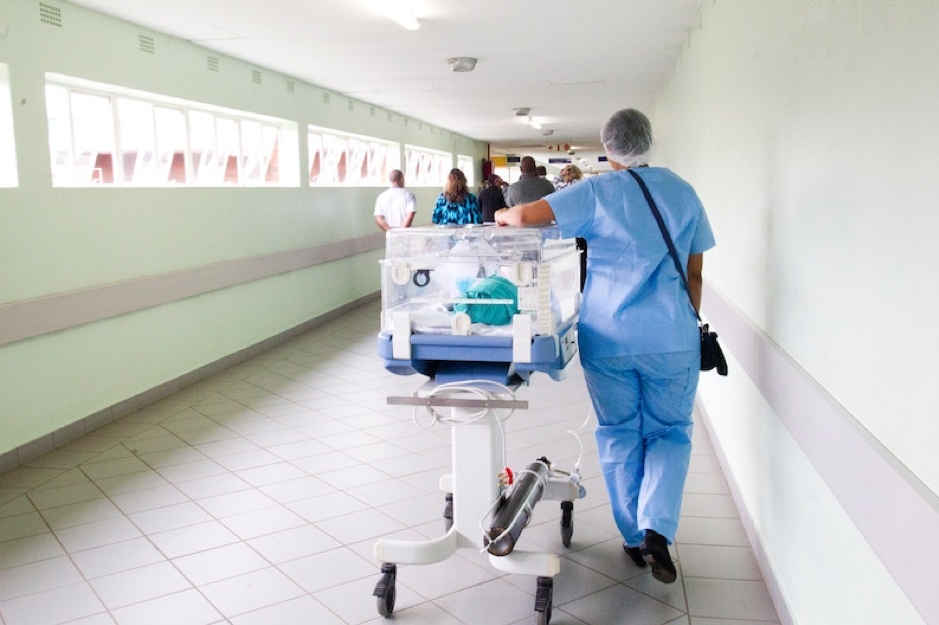The Challenge
Glaston was brought in to a North West hospital following concerns over the existing compressed air supply in their main laundry room. Hospital bosses felt that the air being produced had a damp quality, so Glaston was tasked with installing new desiccant dryer equipment – without disrupting day-to-day operations.

The Solution
Following a site visit, Glaston determined that the most effective solution would be to dry the compressed air as it was produced in order to maintain maximum reliability of the hospital laundry facility.
Of course, in public sector environments such as this, where staff and civilian safety could be affected, detailed risk assessments had to be even more rigorous than usual. Critically, every detail is planned, any hazards foreseen and every risk minimised. All the relevant documentation for the engineer’s ability to work on the site was submitted and checked over.
The importance of adhering to strict guidelines is even more apparent in the case of government sites. When working on a government site, it is compulsory for engineers to carry the Client Contractor National Safety Group Passport, also known as the CCNSG card or SCATS card.
The pass covers the following regulations:
- Introduction to Health and Safety Law and Work Permits.
- Safe Working Practices.
- Safe Access and Egress.
- Accident & First Aid Procedures.
- Fire Precautions & Procedures.
- COSHH & Personnel Protective Equipment.
- Manual Handling.
- Working with Cranes and Heavy Equipment.
- Tool Box Talks.
- Risk Assessment.
Once all health and safety regulations were taken care of, Glaston carried out a full audit of the scale of the work, including risk management, potential hazards, obstacles and outcomes. It was important to note the ambient temperature of the laundry room and how this would be affected seasonally. It was confirmed that the temperature could rise considerably in the summer months, which meant that the dryer had to be oversized to maximise its efficiency during this time.
Following a full investigation, a new desiccant compressed air dryer was sized-up to the requirements of the plant room. The size and specification of equipment such as this is very important. If the dryer is incorrectly sized and the ambient temperature rises, the dryer will overstep its working parameters and will fail. Thus allowing water to enter the air lines. This could cause expensive repairs and reduce the lifespan of any equipment being fed with the supply air.
Due to the unique nature of this job, most of the pipework was prefabricated. The task was carried out in this way to ensure the least downtime for the business and to enable a smooth installation to take place. The work was carried out quickly, efficiently and to the satisfaction of the business.
The Result
Once installed, the dryer and compressed air system were tested for leaks and pressure requirements. All the relevant permits were secured and the job was signed off and inspected by hospital bosses. The equipment was then logged for warranty and for regular preventive maintenance under a Glaston service agreement, ensuring longevity and peace of mind for the hospital.
The benefits of having a dry compressed air system in the laundry room meant that conditions were immediately improved for hospital staff. Processes were smoother and more hygienic, with better results guaranteed across all laundry processes. The working environment was also improved and as a result, spirits were lifted across the department.

